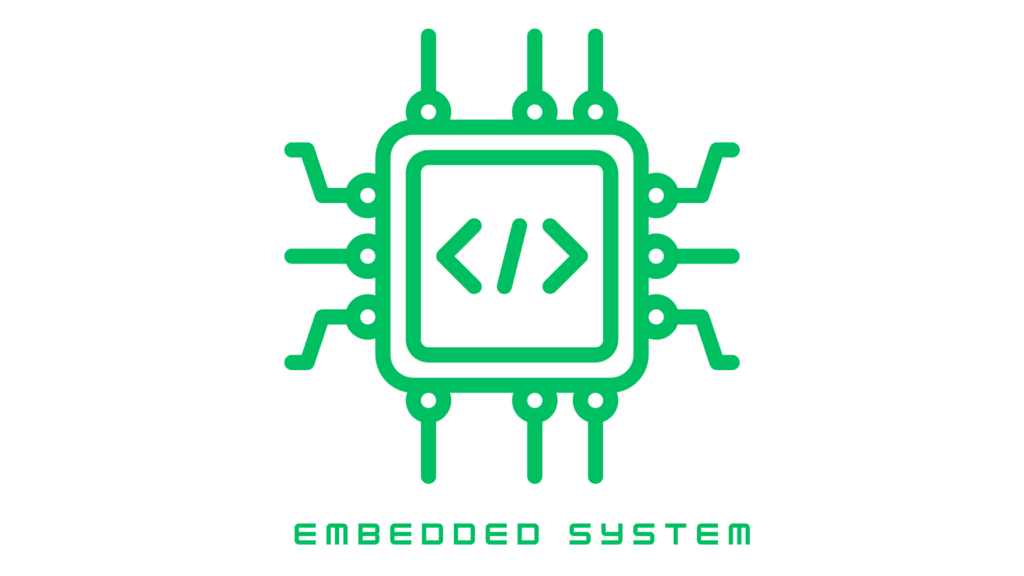Top 10 Basic Arduino projects for hobbyists and beginners
Best 10 basic Arduino projects for beginners and hobbyists
LED Blinking
Concept:
This introduces the idea of digital output and controlling an external component using code.
| Components | Quantity |
|---|---|
| Arduino Uno | 1 |
| LED | 1 |
| Resistor (220Ω) | 1 |
| jumper wires | few |
How it works
The Arduino outputs a HIGH (on) and LOW (off) signal to the LED, causing it to blink. The timing is controlled using delay() functions in the Arduino code.
Application:
This project teaches basic electronics and programming concepts for controlling devices.
LED Chaser
Concept:
Demonstrates the use of multiple outputs and introduces the concept of loops for sequential control.
| Components | Quantity |
|---|---|
| Arduino Uno | 1 |
| LED | 10 |
| Resistor (220Ω) | 10 |
| jumper wires | few |
How it works:
The Arduino sends signals to each LED in sequence, creating a chasing effect. The timing of each LED’s state is controlled via code.
Application:
This concept is applied in decorative lighting, LED displays, and signal indication systems.
Traffic Light System
Concept: Introduces the idea of timed events and simulating real-world systems using code.
| Components | Quantity |
|---|---|
| Arduino Uno | 1 |
| LED (Red, Green,Yellow) | each 1 |
| Resistor (220Ω) | LED (Red, Green, Yellow) |
| jumper wires | few |
How it works:
LEDs are programmed to light up in a specific sequence with set time intervals, simulating a real traffic light system.
Application:
Teaches timing and control logic. It can be expanded into more complex systems like pedestrian crossings.
Temperature Sensor
Concept:
Introduces the idea of analog input and how sensors can convert physical properties (like temperature) into readable data.
| Components | Quantity |
|---|---|
| Arduino Uno | 1 |
| LM35 temperature sensor | 1 |
| LCD display | 1 |
| jumper wires | few |
How it works:
The LM35 sensor converts temperature into an Analog voltage signal. The Arduino reads this voltage and converts it into temperature using code.
Application:
Temperature monitoring is used in HVAC systems, home automation, and weather stations.
Light Sensor (LDR)
Concept:
Introduces variable resistance and Analog input to detect environmental conditions (light intensity).
| Components | Quantity |
|---|---|
| Arduino Uno | 1 |
| Light Dependent Resistor (LDR) | 1 |
| LED | 1 |
| jumper wires | few |
| 10k-ohm resistor | 1 |
How it works:
The LDR’s resistance changes based on the amount of light. The Arduino reads this change as an Analog signal and can adjust other components like LEDs.
Application:
Used in smart lighting, automatic night lamps, and environmental sensors.
Push Button Controlled LED
Concept:
Introduces the concept of digital input and reading a physical switch’s state to trigger actions.
| Components | Quantity |
|---|---|
| Arduino Uno | 1 |
| LED | 1 |
| Push Button | 1 |
| jumper wires | few |
| 10k-ohm resistor | 1 |
How it works:
The push button provides digital input to the Arduino, which reads whether the button is pressed or not. Depending on the input, the Arduino turns the LED on or off.
Application:
Used in simple control systems, appliances, and interactive gadgets.
Servo Motor Control
Concept:
Introduces pulse-width modulation (PWM) and controlling components that require precise angular movement.
| Components | Quantity |
|---|---|
| Arduino Uno | 1 |
| Servo Motor | 1 |
| jumper wires | few |
How it works:
The Arduino sends a PWM signal to the servo motor, adjusting its position to specific angles (e.g., 0°, 90°, 180°).
Application:
Servo motors are used in robotics, camera gimbals, and automation systems for precise control.
Distance Measurement using Ultrasonic Sensor
Concept:
Introduces sound wave reflection and how to calculate distance using time-of-flight measurements.
| Components | Quantity |
|---|---|
| Arduino Uno | 1 |
| Ultrasonic sensor (HC-SR04) | 1 |
| jumper wires | few |
How it works:
The ultrasonic sensor emits sound waves. When the waves hit an object, they reflect back, and the sensor calculates the time taken for the echo to return. The Arduino uses this data to determine the distance.
Application:
Widely used in robotics, parking sensors, and obstacle detection systems.
Buzzer Alarm
Concept:
Introduces audio signals and simple logic conditions to trigger alerts or alarms.
| Components | Quantity |
|---|---|
| Arduino Uno | 1 |
| Buzzer | 1 |
| jumper wires | few |
How it works:
The Arduino sends a signal to the buzzer, causing it to emit a sound when a certain condition (e.g., high temperature or proximity) is met.
Application:
Used in alarm systems, warning devices, or simple audio notifications for various applications.
DC Motor Control
Concept: Introduces motor control using transistors or motor drivers, enabling control over the motor’s speed and direction.
| Components | Quantity |
|---|---|
| Arduino Uno | 1 |
| DC motor | 1 |
| Motor Driver | 1 |
| jumper wires | few |
How it works:
The Arduino sends control signals to the motor driver, which regulates the motor’s speed and direction. This can be done using PWM signals.
Application:
They are used in various automated systems like robotic vehicles, conveyor belts, and fan speed control.

